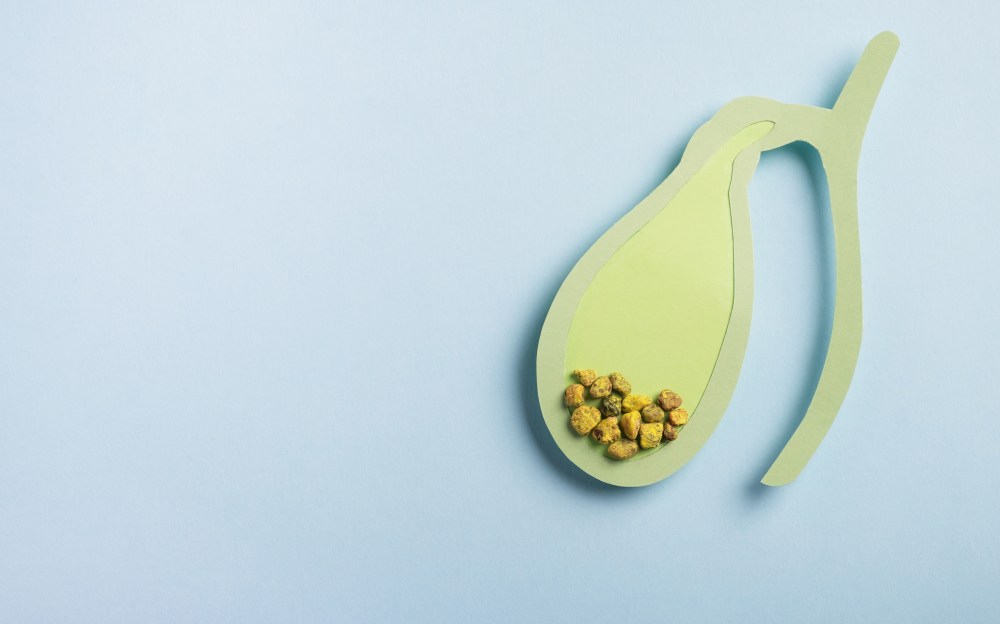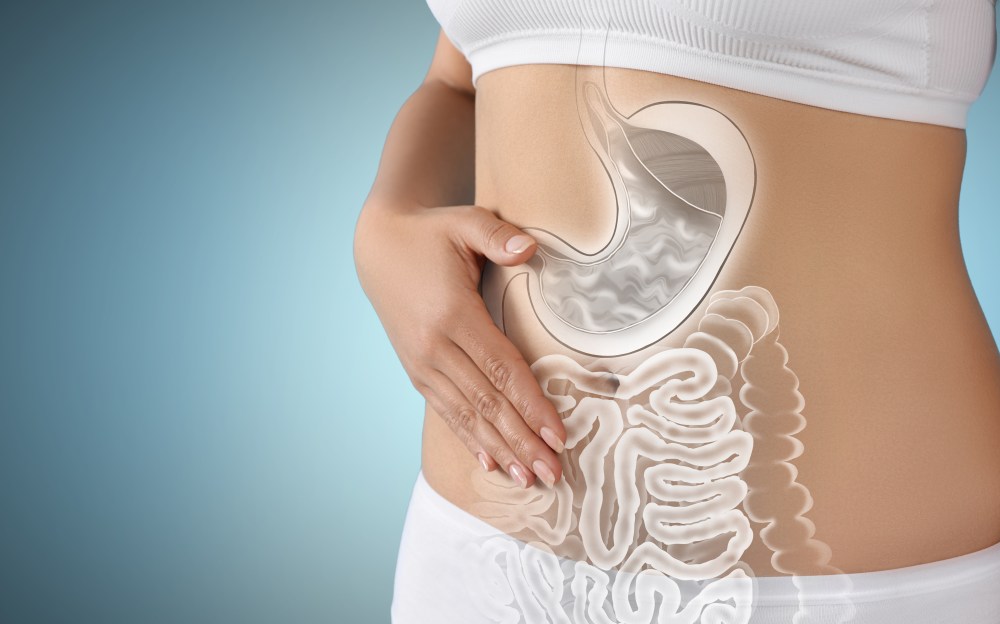At a glance
Living without a gallbladder is entirely possible, especially with beneficial changes to support healthy digestion. Because bile is no longer released in concentrated amounts, the body may struggle to effectively break down and absorb fats and fat-soluble vitamins. Supporting bile flow and avoiding processed foods can help maintain digestive comfort and promote long-term wellness after gallbladder surgery.
Living without a gallbladder is possible but requires thoughtful adjustments to your diet, digestion, and daily routines to support optimal health.
Because the gallbladder helps store and release bile, its absence can affect how your body processes and absorbs fats and certain nutrients.
Here are six practical tips to help you stay comfortable and energized as you adapt to life without a gallbladder.
What is the gallbladder?
The gallbladder is a small, pear-shaped organ located beneath the liver that plays a key role in maintaining digestive processes.
Its primary function is to store bile, an essential digestive fluid produced in liver cells that helps break down and absorb fats.
The presence of dietary fats in the digestive tract stimulates the gallbladder to release bile into the small intestine to assist in processing fatty foods.
In addition, bile is essential for absorbing fat-soluble nutrients, including vitamins A, D, E, and K, as well as vital fatty acids.
“In addition to aiding fat digestion, the gallbladder supports cholesterol balance, aids hormone regulation, assists in colon lubrication, and helps the body eliminate certain toxins and waste products,” explains Dr. Berg.
Although the gallbladder isn’t crucial for survival, it contributes to smoother digestion by regulating bile flow.
Watch the video below to learn what to expect after gallbladder removal surgery.
When is gallbladder removal necessary?
Gallbladder removal surgery, also known as cholecystectomy, is typically recommended when the gallbladder becomes inflamed, infected, or obstructed, most often due to gallstones, causing pain, digestive issues, or complications such as pancreatitis or bile duct blockage.
According to a report released by the National Institute of Diabetes and Digestive and Kidney Diseases (NIDDK), gallstones are the most common reason for gallbladder removal surgery.1
Common causes of gallstones include a low-fat diet, hormonal imbalances, bile salt deficiency, dehydration, and excess body weight.
In many cases, the most common procedure performed is laparoscopic surgery, which is a minimally invasive method that allows for a quicker recovery period and fewer complications.
However, in certain situations, such as severe inflammation or scarring, open surgery may be necessary.
After gallbladder surgery, the liver continues to produce bile. However, without this organ, bile flows continuously into the digestive tract instead of being stored and released in controlled amounts during digestion.
This change can affect how the body digests fat, making healthy dietary habits crucial for those without a gallbladder.
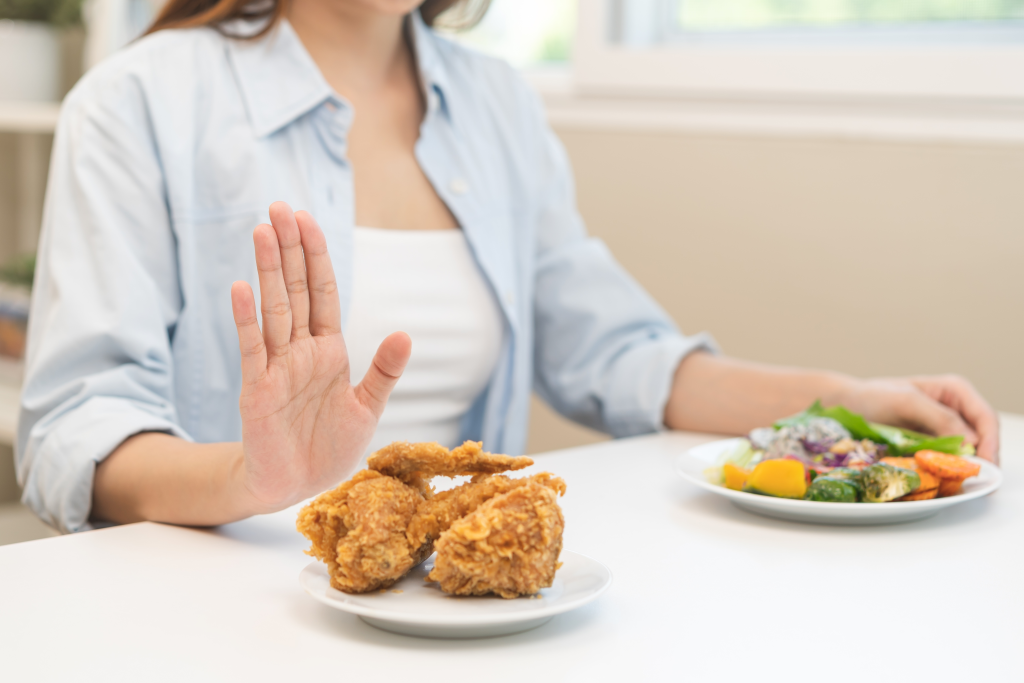
Can you live a normal life without a gallbladder?
Yes, you can live a normal life without a gallbladder, though it often requires adjustments to your eating habits and daily routine.
To support healthy digestion, it’s best to avoid deep-fried and heavily processed fatty foods, opting instead for meals that are easier to digest, like baked or grilled food.
Most people return to their usual activities within a few weeks after surgery. However, it’s important to avoid heavy lifting or strenuous exercise during the initial recovery period, as too much physical strain may cause complications or delay healing.
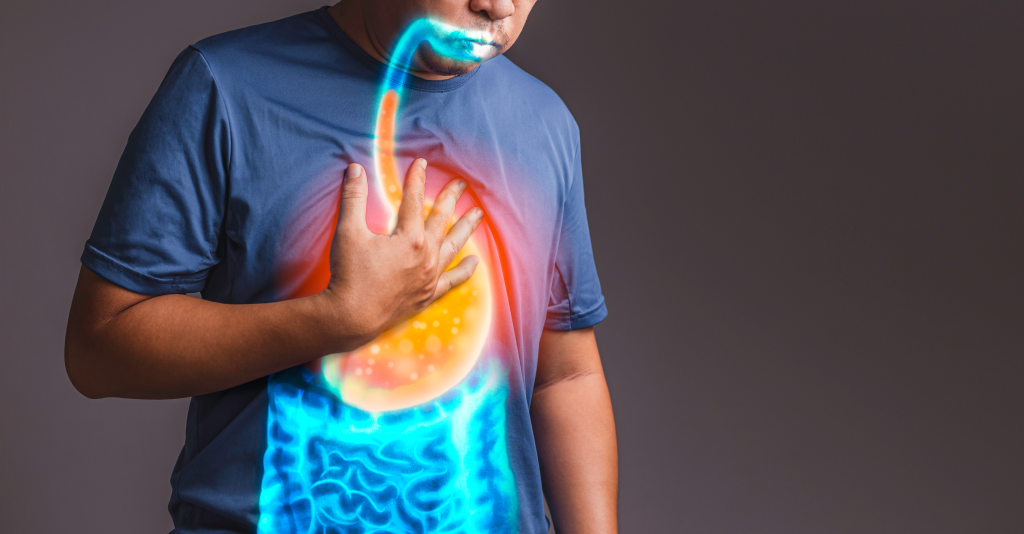
Common side effects after gallbladder removal
Recognizing common side effects and adjusting your post-surgery habits can support long-term wellness.
Here are some of the most common side effects after gallbladder surgery:
- Acid reflux or heartburn
- Diarrhea
- Constipation
- Gas and bloating
- Nausea and vomiting
- Changes in bowel movements or frequency
- Food intolerances
- Difficulty digesting fatty or spicy foods
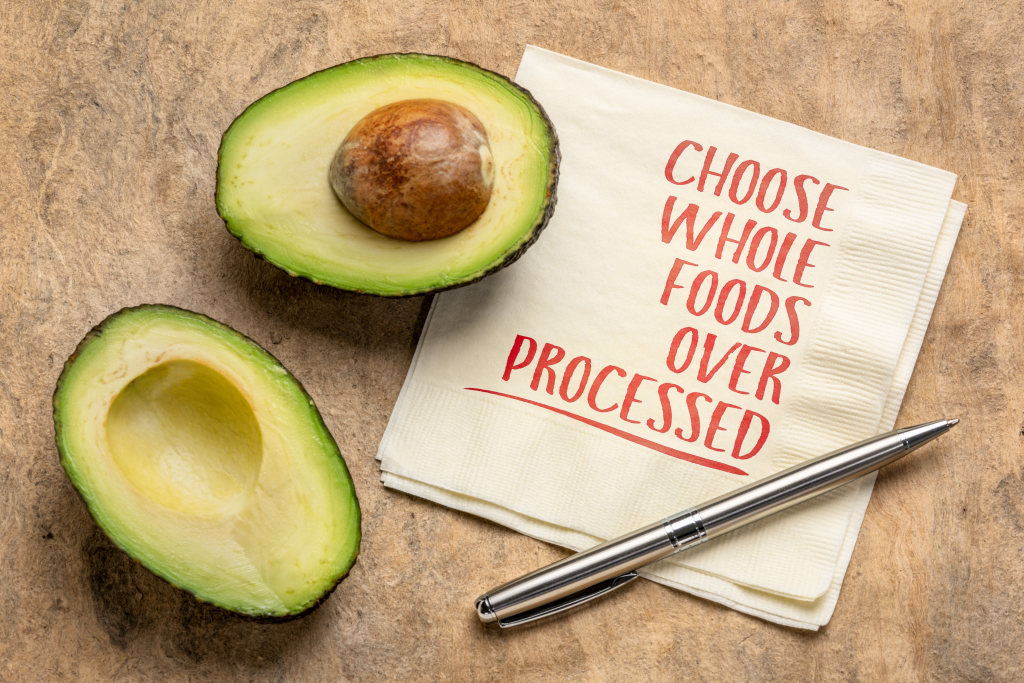
6 tips for healthy living without a gallbladder
Understanding the potential side effects of gallbladder removal can help you make informed choices and better manage your recovery process.
Here are six tips to help you make healthier dietary choices without a gallbladder.
1. Choose nutritious whole foods
Prioritizing nutrient-rich foods, such as organic vegetables, grass-fed beef, organ meat, pasture-raised eggs, full-fat dairy, and wild-caught fish, supports optimal digestion and provides the body with the necessary nutrients without added chemicals.
It’s also crucial to avoid processed foods, which contain unnecessary additives that may be harder to digest, especially for those without a gallbladder.
Furthermore, a study published in Cureus highlights “Subjects who consumed particular foods, such as processed meat and fried fatty foods, had exacerbated symptoms after cholecystectomy.”2
2. Incorporate high fiber foods
High fiber foods such as berries and leafy green vegetables assist in regulating bowel movements and promoting overall gut health.
However, it’s recommended to increase dietary fiber intake gradually, as too much too quickly can lead to bloating or discomfort while the body adjusts to digestive changes after a gallbladder removal.
Soluble fiber, found in foods like chia seeds, flaxseeds, and avocados, supports digestive balance while keeping carbohydrate intake low, making it especially beneficial for gut health and blood sugar control.
3. Prioritize non-processed protein sources
Including non-processed protein sources such as pasture-raised eggs, grass-fed beef, wild-caught fish, and game meat can aid in muscle maintenance and help you feel full without overwhelming your digestive system.
These high-quality proteins are easier to digest than processed or breaded meats, especially when prepared without seed oils or sugary sauces.
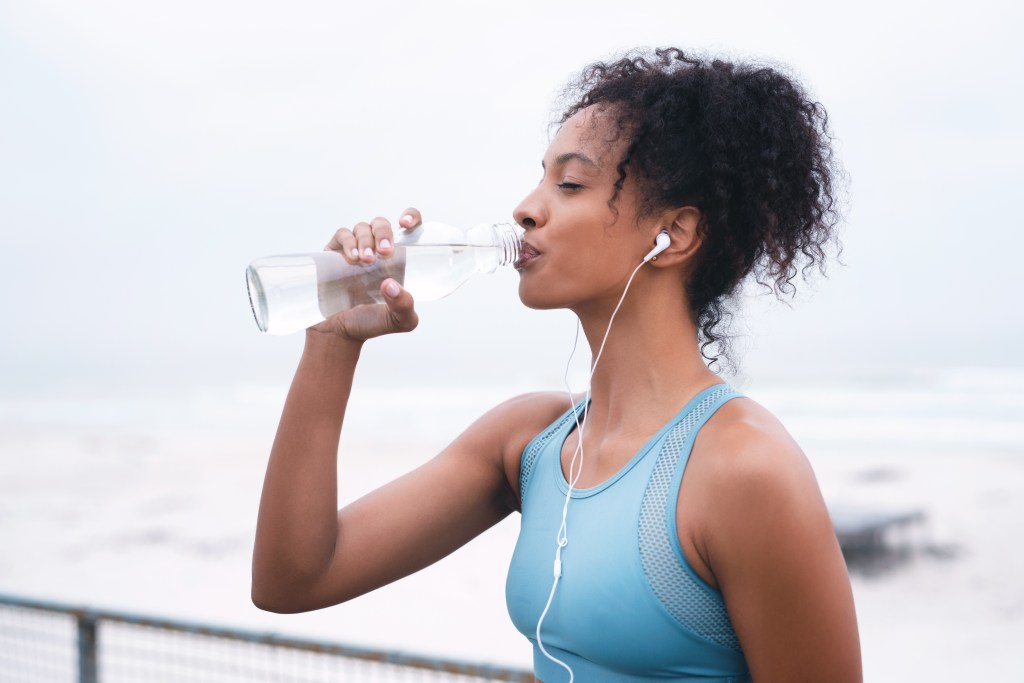
4. Stay hydrated and active
Drinking water throughout the day to stay hydrated helps nutrient absorption and keeps your digestive system functioning smoothly.
Some people experience changes in digestion after gallbladder removal, including irregular bowel movements or mild constipation. Staying hydrated and engaging in gentle activities such as walking can help stimulate digestion and promote regularity.
Furthermore, a study published in the Journal of Gastrointestinal and Liver Diseases found that regular physical activity, combined with a healthy lifestyle, can help lower the risk of developing gallbladder problems and support those already managing gallbladder issues.3
5. Limit processed foods
Limiting or eliminating deep-fried and fatty processed foods can help promote better bile management and reduce the risk of diarrhea or discomfort.
Instead, opt for healthy fats in moderation, such as olive oil, avocado, or fatty fish, to support overall nutrition without overwhelming the digestive system.
6. Monitor foods that digest quickly
After gallbladder removal, certain foods and beverages can move through the digestive system faster than usual, which can cause digestive urgency and discomfort after meals.
Common triggers include sugar alcohols, spicy seasonings, and greasy or heavily processed foods.
In addition, eating too much food can overwhelm the digestive system, and some individuals without a gallbladder benefit from more frequent but smaller portions to help manage digestion more effectively and reduce symptoms.
Paying attention to how different foods affect your digestion allows you to develop personalized eating habits that support long-term digestive comfort.
Keeping a food journal can help track food intake and identify which meals are well tolerated and which ones may need to be adjusted.
Key takeaways
- The gallbladder stores and concentrates bile, which aids in the digestion of fats and the absorption of fat-soluble nutrients.
- After gallbladder removal, bile flows continuously into the intestine, which may cause digestive discomfort, especially in response to high-fat meals.
- Prioritizing whole, unprocessed foods, such as vegetables, high-quality proteins, and nourishing fats, supports gut health and effective digestive function.
- Gradually increasing fiber intake and drinking plenty of water further support optimal digestive health.
- It’s best to avoid fried, processed, and sugary foods to prevent bloating, diarrhea, or indigestion after gallbladder removal.
FAQ
1. What are the best tips for living without a gallbladder?
Choose nutritious meals built around whole foods, and limit fried or heavily processed items to lessen digestive strain. Gradually add high-fiber ingredients, such as leafy greens, berries, and flaxseeds, and drink plenty of water.
2. What happens to digestion after gallbladder removal?
After gallbladder removal, bile flows directly from the liver into the small intestine instead of being stored and released in controlled amounts. This continuous flow can make it harder for the body to digest large amounts of fat at once, potentially leading to bloating or loose stools.
3. Do you need to follow a special diet without a gallbladder?
You don’t need a strict healthy diet without a gallbladder, but making thoughtful changes can promote digestion.
It’s recommended to limit heavily processed and fatty foods and instead focus on nutritious whole foods and unprocessed ingredients, which are easier to digest and help maintain digestive balance.
4. What are the long-term effects of living without a gallbladder?
Most people live healthy lives without a gallbladder, though some may experience long-term changes in digestion. These can include difficulty processing high-fat meals, more frequent bowel movements, or occasional food sensitivities.
5. Are there any benefits to having your gallbladder removed?
Yes, gallbladder removal can provide significant relief from recurring symptoms caused by gallstones, including severe abdominal pain, nausea, and digestive discomfort.
For individuals experiencing frequent gallbladder attacks or inflammation, surgery often improves quality of life and helps prevent potentially serious complications.
Sources
- https://www.niddk.nih.gov/health-information/digestive-diseases/gallstones ?
- https://pmc.ncbi.nlm.nih.gov/articles/PMC11200314/ ?
- https://pmc.ncbi.nlm.nih.gov/articles/PMC8114792/ ?



